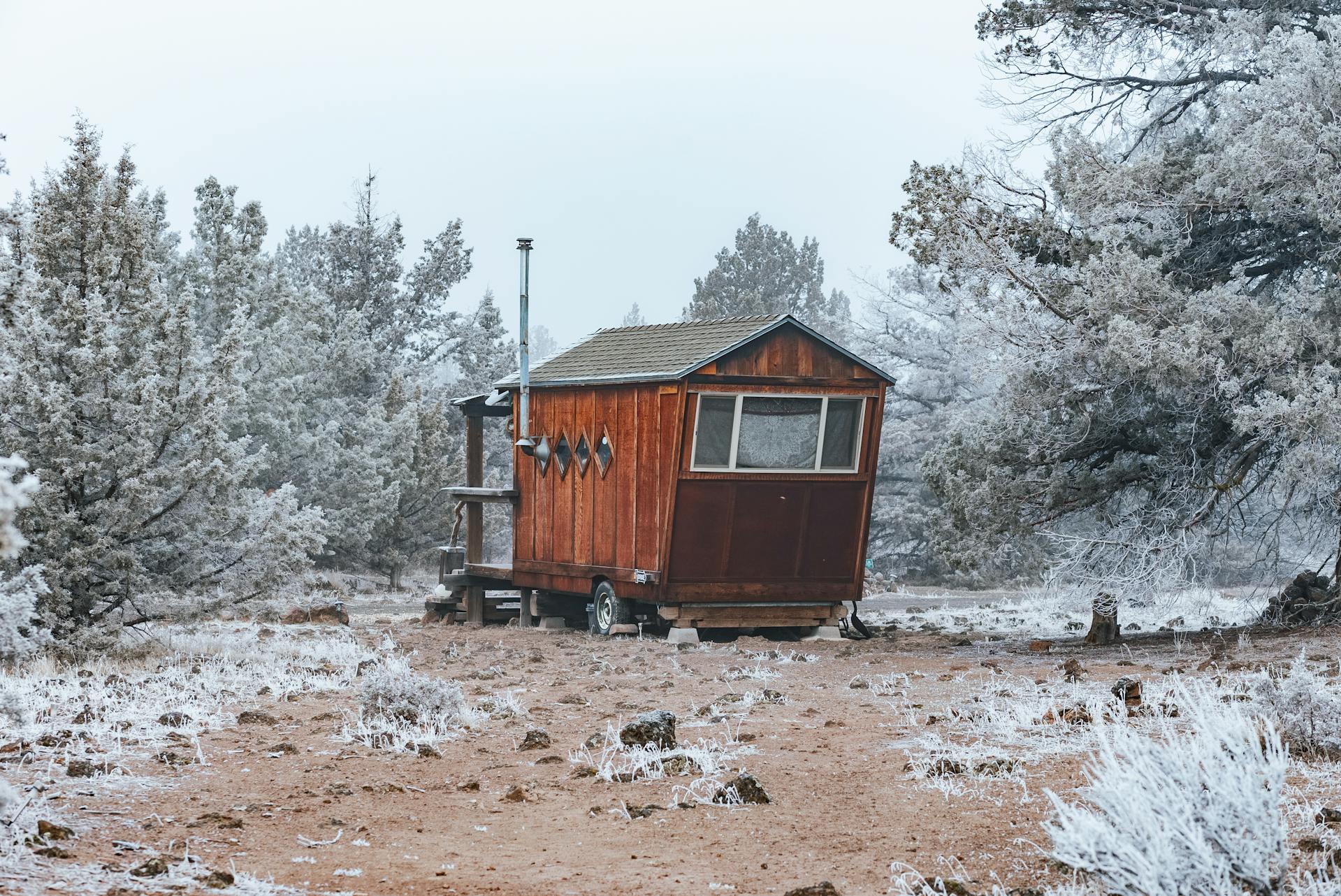

Question: What is the Smallest House You Can Legally Build in Ontario?
Answer: Minimum size requirements vary by municipality. Generally, Ontario doesn’t have a provincial minimum, but local bylaws dictate habitable space, often around 185 sq ft for a tiny home on a foundation.
Tiny Home Aspirations: Navigating Local Regulations
The allure of minimalist living and financial freedom draws many to consider tiny homes. However, navigating building codes and zoning bylaws can feel like a daunting task. This article provides clarity on the smallest house you can legally build, ensuring your tiny home dream adheres to all regulations.
Minimum Size Requirements and Zoning Bylaws
Unfortunately, there’s no single, universally applicable answer to “what is the smallest house you can legally build?” Local municipalities hold the authority to establish their own specific regulations regarding minimum dwelling sizes. These regulations frequently vary depending on factors such as whether the house is located within municipal boundaries or in a rural setting. Furthermore, restrictions may also apply concerning the placement of tiny homes on existing properties, like those with a pre-existing primary dwelling. Consequently, you must meticulously research your specific municipality’s requirements.
Moreover, zoning bylaws play a crucial role. They dictate which types of dwellings can exist in particular areas. For instance, some zones may permit single-family homes while prohibiting tiny homes or other accessory dwelling units. Conversely, other zones might actively encourage smaller, more affordable housing options.
Click here for more information on realtors near me Orangeville
Related Article: What is the Smallest Livable Tiny Home?
Related Article: Where is the Best Place To Put a Tiny House?
Exploring Tiny Home Options
While the smallest buildable house depends on local regulations, several tiny home options are generally available:
Tiny Houses on Foundations:
These permanent structures adhere to the same building codes as traditional homes and offer a sense of stability.Tiny Houses on Wheels:
Classified as recreational vehicles, these offer flexibility but must still meet specific regulations depending on their location and intended use.Modular or Prefab Tiny Homes:
Constructed off-site and transported, these offer speed and efficiency while still requiring adherence to building codes and zoning regulations.
Additionally, consider factors like building materials, energy efficiency, and waste management systems when exploring options. Ultimately, the best option aligns with your lifestyle, budget, and the specific regulations of your chosen location.
Navigating the Permitting Process
Securing the necessary permits represents a crucial step in legally building a tiny home. First, contact your local municipality to discuss your project and learn about specific requirements. Subsequently, prepare detailed plans that adhere to all applicable building codes and zoning bylaws. Next, submit your application for a building permit. Be prepared to address any inquiries or revisions requested by the municipality. Finally, after obtaining your building permit, you can commence construction, ensuring compliance with all approved plans and inspections.
Furthermore, consider engaging a qualified architect or building professional to assist with navigating the permitting process. Their expertise can prove invaluable in ensuring compliance and streamlining the process.
The Future of Tiny Homes in Ontario
The rising popularity of tiny homes reflects a shift towards more sustainable and affordable living. As municipalities grapple with housing challenges, some are actively adapting their regulations to accommodate smaller dwellings. Consequently, the landscape of tiny home regulations continues to evolve. Staying informed about changes and participating in community discussions about sustainable housing options remains essential. Therefore, connecting with local advocacy groups and participating in public consultations can help shape the future of tiny homes in your community.
In conclusion, while the precise answer to “What is the smallest house you can legally build in Ontario?” varies based on local regulations, understanding building codes, zoning bylaws, and the permitting process is paramount. Thoroughly researching local requirements, exploring diverse tiny home options, and engaging with professionals will enable you to successfully navigate the path to building your own tiny home.
References
1. https://tinyhomesincanada.ca/tiny-houses-are-not-illegal-in-ontario-here-are-all-the-ways-to-have-a-legal-tiny-home/


